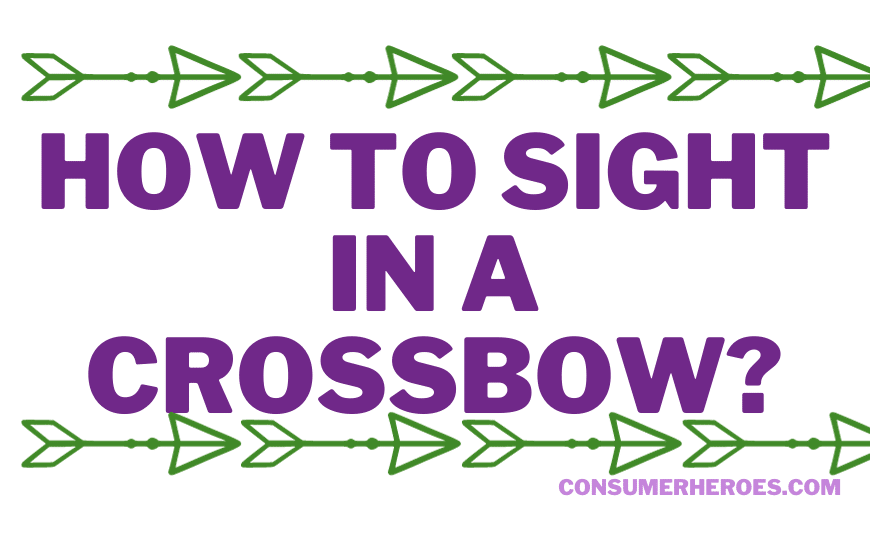The crossbow is an ancient weapon that has been used for centuries. It is a type of bow that is mounted on a stock, making it easier to aim and shoot. The crossbow has been used for both hunting and warfare, and its use has been recorded in many different cultures around the world.
The exact origin of the crossbow is unclear, but it is believed to have been invented in ancient China around the 5th century BC. The earliest known crossbow was discovered in a tomb in China and dates back to around 500 BC. However, it is possible that the crossbow was invented even earlier than this, as there are references to similar weapons in ancient texts from Greece and Rome.
Despite its ancient origins, the crossbow remained a popular weapon throughout the medieval period and beyond. It was used by both infantry and cavalry, and was particularly effective against heavily armored opponents. Today, the crossbow is still used for hunting and target shooting, and has even found a place in modern warfare as a silent and deadly weapon.
Origins of the Crossbow
The crossbow is a type of weapon that uses a bow mounted on a stock to shoot projectiles. Its origins can be traced back to ancient China, where it was known as the “chu-ko-nu.” The chu-ko-nu was a handheld crossbow that was used by the Chinese army during the Warring States period (475-221 BCE). It was a small, portable weapon that was easy to use and highly effective in combat.
The crossbow was also used in ancient Greece and Rome, where it was known as the “ballista.” The ballista was a larger, more sophisticated version of the crossbow that was used as a siege weapon. It was capable of firing large bolts or stones over long distances and was used to break down walls and fortifications.
During the Middle Ages, the crossbow became a popular weapon in Europe. It was used by knights and soldiers as a powerful and accurate weapon that could pierce armor and kill at a distance. The crossbow was also used by hunters and poachers to hunt game, as it was more accurate and easier to use than a traditional bow.
In the 12th century, the crossbow was further developed with the addition of a trigger mechanism, which allowed the user to fire the weapon with one hand. This made the crossbow even more effective in combat and led to its widespread use in medieval warfare.
Overall, the crossbow has a long and rich history that spans thousands of years and multiple cultures. Its origins can be traced back to ancient China, but it was eventually adopted by civilizations around the world as a powerful and effective weapon.
Crossbow in Ancient China
The crossbow is believed to have been invented in ancient China during the 5th century BCE. This weapon was used extensively in warfare and hunting due to its accuracy and power. In this section, we will explore the history of the crossbow in ancient China.
The Repeating Crossbow
The repeating crossbow, also known as the Zhuge crossbow, was a significant development in crossbow technology. It was invented during the Warring States period (475-221 BCE) and was named after the famous military strategist Zhuge Liang.
The repeating crossbow had a magazine that held several bolts, allowing the user to fire multiple shots without reloading. This made it a popular weapon among infantry soldiers who could rapidly fire bolts at enemy troops. However, the repeating crossbow was not as powerful as traditional crossbows, and its range was limited.
Crossbow in Warfare
The crossbow was a popular weapon in ancient Chinese warfare. It was used by both infantry and cavalry units and was particularly effective against heavily armored opponents. The crossbow bolts could penetrate armor and cause significant damage to the enemy.
During the Song Dynasty (960-1279 CE), the crossbow was further developed, and new designs were introduced. One of the most significant developments was the use of composite materials in the construction of crossbows. This made them more durable and powerful, allowing them to fire bolts at greater distances.
In conclusion, the crossbow was an important weapon in ancient China, and its impact can still be seen in modern times. Its accuracy, power, and ease of use made it a popular weapon among soldiers and hunters alike.
Crossbow in Medieval Europe
Development and Use
The crossbow was introduced to Europe in the 9th century, likely from China or the Middle East. It quickly became a popular weapon among the military due to its ease of use and ability to penetrate armor. The crossbow was particularly effective against knights, who were heavily armored and relied on their horses for mobility.
The crossbow was initially used by foot soldiers, but it soon became popular among the nobility as well. This led to a shift in the way wars were fought, as knights could now be taken down by common soldiers armed with crossbows. The development of the crossbow also led to the creation of new tactics, such as the use of massed formations of crossbowmen.
Impact on Warfare
The crossbow had a significant impact on warfare in medieval Europe. Its ability to penetrate armor and take down heavily armored knights made it a game-changer on the battlefield. The crossbow was also relatively easy to use, which made it accessible to soldiers who may not have had the strength or skill to use a traditional longbow.
The crossbow also played a role in the decline of the knightly class. As knights became less effective on the battlefield, their social status began to decline as well. The crossbow also helped to level the playing field between the nobility and common soldiers, as both could now be armed with deadly weapons.
In conclusion, the crossbow was a significant development in medieval warfare. Its ease of use and ability to penetrate armor made it a popular weapon among soldiers and nobility alike. The crossbow also played a role in the decline of the knightly class and helped to level the playing field on the battlefield.
Modern Adaptations of the Crossbow
The crossbow has come a long way since its original invention. Today, there are many modern adaptations of the crossbow that have improved its accuracy, power, and ease of use.
One such adaptation is the compound crossbow. This type of crossbow uses a system of pulleys and cables to reduce the amount of force required to cock the bowstring. This allows for a higher draw weight, resulting in increased power and accuracy.
Another modern adaptation is the reverse draw crossbow. In this design, the limbs are mounted in the opposite direction, with the string pulling from the front of the bow instead of the back. This results in a longer power stroke and increased speed.
In addition to these mechanical adaptations, there are also electronic crossbows that use a trigger mechanism to release the bowstring. These crossbows often come with built-in scopes and other features to improve accuracy.
Some modern crossbows also incorporate materials such as carbon fiber and titanium to reduce weight and increase durability. These materials can also improve the balance of the crossbow, making it easier to hold steady while aiming.
Overall, the modern adaptations of the crossbow have made it a more powerful and accurate weapon, while also making it easier to use for hunters and target shooters alike.
Conclusion
In conclusion, the crossbow was invented in ancient China during the 5th century BC. It quickly spread throughout Asia and Europe and became a popular weapon in warfare. The crossbow was a significant advancement in the history of weapons, as it allowed for greater accuracy and range compared to traditional bows.
Despite its effectiveness, the crossbow was also controversial due to its ease of use, which allowed unskilled soldiers to be just as effective as skilled archers. This led to its eventual ban in some regions and its use being limited to hunting and sport.
Overall, the crossbow remains an important part of history and continues to be used today in various forms. Its impact on warfare and hunting cannot be denied, and its legacy lives on through modern-day adaptations and advancements.







